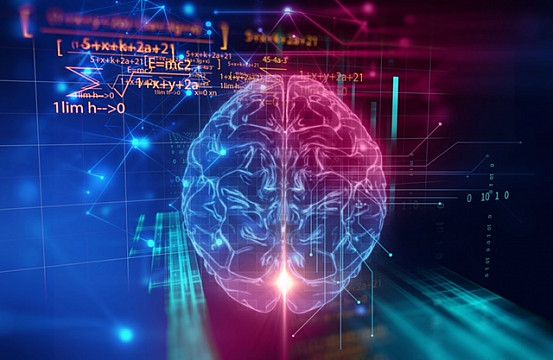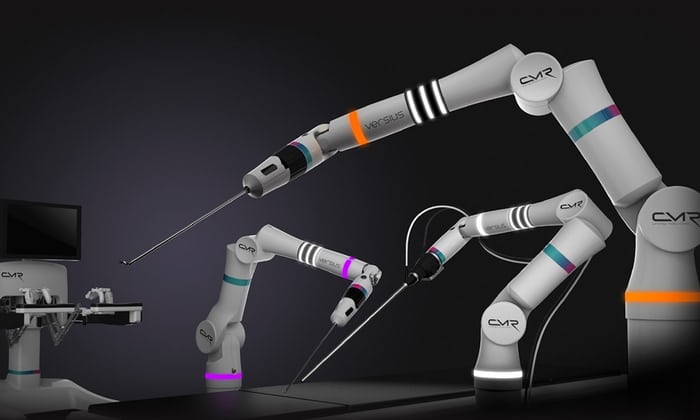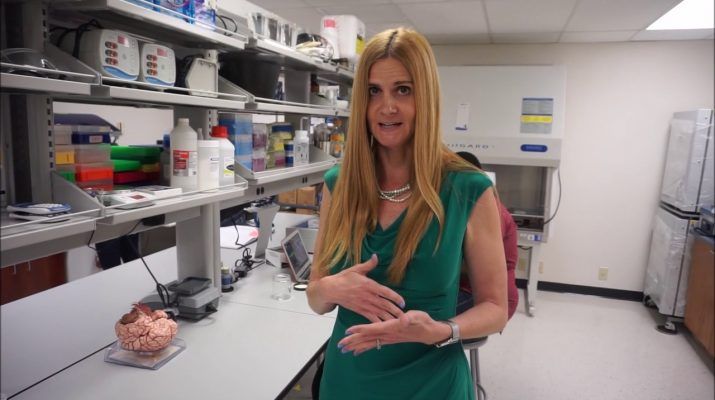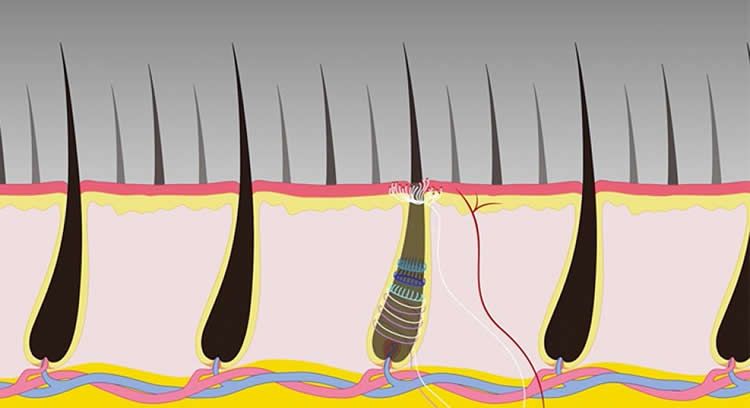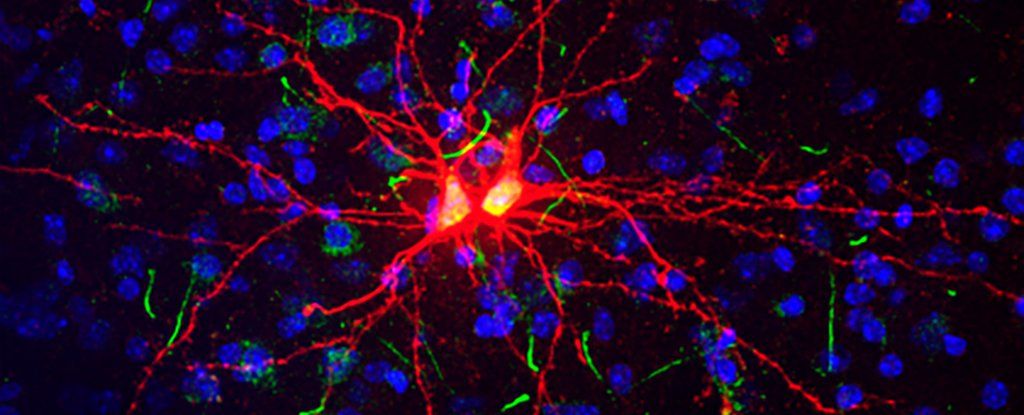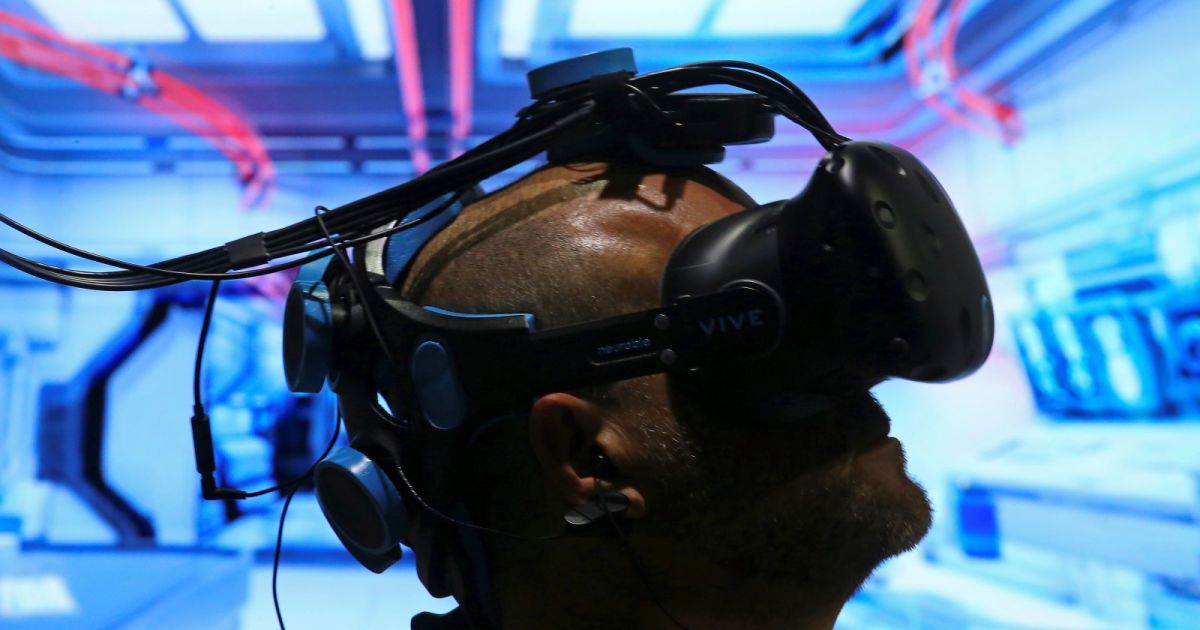The military research unit is looking for technology and software that can identify networks that have been infiltrated—and neutralize them.
The military’s research unit is looking for ways to automate protection against cyber adversaries, preventing incidents like the WannaCry ransomware attack that took down parts of the United Kingdom’s National Health Service networks.
The Defense Advanced Research Projects Agency is gathering proposals for software that can automatically neutralize botnets, armies of compromised devices that can be used to carry out attacks, according to a new broad agency announcement.

